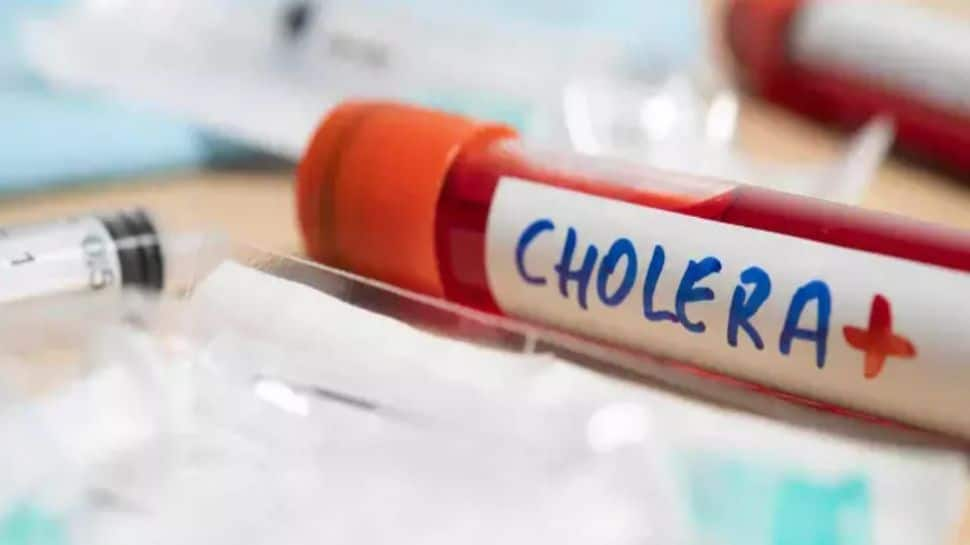New Delhi: The national capital is witnessing a sharp surge in cholera cases, with around 250 infections reported this year. Health officials link the spike to contaminated drinking water and pollution following the recent floods. The worst-hit areas lie in northern Delhi, though every municipal zone has now reported cases.
Doctors in several government hospitals said they are seeing three to four cholera patients daily. Due to limited facilities, many are being transferred to the Infectious Diseases Hospital in north Delhi.
Rising Cases Across The City
The number of infections this year is nearly double that of the 2018 outbreak, when 134 cases were reported from Bardola village in north Delhi. Authorities admit that there were no official records for 2024, but the surge in patients has forced them to resume systematic data collection. Officials are still assessing the age and location profiles of those affected.
A doctor from MCD’s Kasturba Hospital’s emergency ward said, “We are seeing around 3-5 cholera cases daily. The ward houses many newborns. We cannot admit these patients here. They are all referred to Maharishi Valmiki IDH. Testing after 4 PM is not available, so many patients are sent to private pathology labs.”
A Developing City Faces An Old Disease
Once considered a disease of the past in developed nations, Cholera has resurfaced as a reminder of Delhi’s fragile sanitation system. “Cholera outbreaks point to inadequate hygiene and contaminated water supply,” said Dr Rajeev Jayadevan, gastroenterologist and member of the Indian Medical Association (IMA).
A state health officer said, “All cases are linked to unsafe drinking water, especially after floods. Most cases are in northern areas such as Burari and nearby urban villages.”
Reports from the Integrated Disease Surveillance Programme (IDSP) and the Central Health Intelligence Bureau show a sharp rise compared to 2014-2020. Records between 2021 and 2024 remain unavailable, and officials admit that underreporting and lack of strict monitoring have weakened response efforts.
Standard Protocols Often Ignored
The government’s standard protocol requires tracing the infection source, inspecting local water supplies, testing chlorine levels and ensuring adequate oral rehydration solutions in affected areas. Awareness drives are also part of the process. However, adherence to these procedures remains patchy.
An MCD health officer said, “Recently, contaminated water appeared in parts of Dwarka. We inspected and fixed the issue. We have collected this year’s area-wise data, though detailed reports are still being compiled.”
Why It Keeps Coming Back
Experts say cholera outbreaks often follow heavy monsoon rains that cause flooding, sewage overflow and water contamination – especially in informal settlements. Low-income neighbourhoods without proper drainage or piped water remain the most vulnerable. Many infections still go unreported.
Understanding Cholera
Cholera spreads through fecal-contaminated water and can cause severe dehydration or death if left untreated. The bacteria multiply quickly in crowded and unhygienic environments, making post-monsoon months especially risky.
As the city battles this preventable disease, public health experts stress the urgent need for safe water supply, regular chlorination and stronger disease surveillance to prevent another large-scale outbreak.


